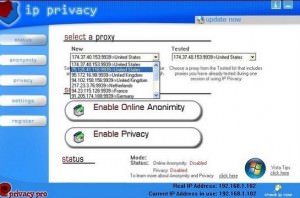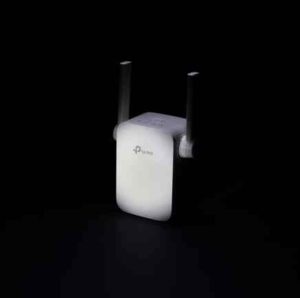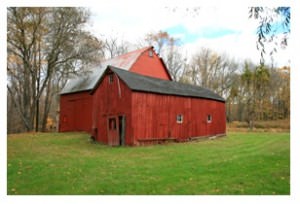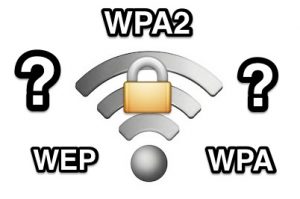How to Solve Wi-Fi Dead Spots
It’s not always the website that slows down; sometimes it’s just the network connection. It’s possible that your Wi-Fi signal is poor if a web page takes longer to open.
It’s also possible your distance is too far from your Wi-Fi network, or your signal is being blocked by thick walls. Carrying out a Wi-Fi site survey will you identify what went wrong with your internet connection in the office or at home.
Understanding the quality of your Wi-Fi coverage will help you figure out why your network isn’t stable and how to resolve the problem within your working place and home.

What is a Wi-Fi Heat Map?
A Wi-Fi heat map is a visual display of wireless signal quality and coverage. Wi-Fi heat maps are typically superimposed on the upper edge of a building or facility floor program to help network users see where trouble spots are in regard to access point locations and survey data.
Heat maps are an important part of the NetSpot Wi-Fi toolkit. Connecting your smartphone or computer to NetSpot will help you observe real-time internet coverage heat maps from your Wi-Fi site survey and also help you to create virtual Wi-Fi heat maps to evaluate access point (AP) positions during your early design stage.
How to Check your Wi-Fi Coverage
To test how effective your Wi-Fi is, start by looking at the software that is having problems. You should have a Wi-Fi coverage signal if you’re using a smartphone, Mac, or Windows. The Wi-Fi network indicator is typically made up of four or five curled lines. The more filled lines, the stronger connection.
Each smartphone, tablet, and laptop or PC is unique, and its Wi-Fi connection strength may vary. However, it’s important to check a second, or even third, tool. If you tested a smartphone, you should also test a laptop. Evaluate the internet speeds on both gadgets and look at the Wi-Fi signal strength indicators. If you get comparable results in both devices, you’ve got a great foundation to work with.
If you’ve discovered that your Wi-Fi signal is poor in a specific location, the next step is to move around and observe the Wi-Fi signals on your tablet or mobile phone. Take account of your distance from the router and the number of barriers for both you and the devices.
Keep an eye on your Wi-Fi network bars as they rise and fall. It’s a simple check, but it’ll suffice in most circumstances.
There’s much you can learn from examining the bars in a sign. If you’d like to learn more about the power of your Wi-Fi, use software or application (such as the Wi-Fi Analyzer or AirPort Utility app) to calculate the decibels per milliwatt (dBm).
A Wi-Fi frequency can be measured in a variety of methods. Milliwatts (mW) are the most precise measurement, but they’re difficult to read because of the number of decimal places (0.0001 mW). A preferred alternative is the Received Signal Strength Indicator (RSSI). However, Wi-Fi servicers handle it differently and on different scales.
There’s no one-way approach for improving Wi-Fi coverage in every building. By attempting each of these ways, you will obtain the most reliable information and make an informed choice on what to do next.
How to Solve Wi-Fi Dead Spots
A dead spot is just a place within your building, apartment, working place, home, or any other location where Wi-Fi is intended to function but does not. If you enter a room with a dead spot while using a computer, smartphone or tablet, the Wi-Fi connection will cease operating and you won’t be able to access a signal.
A dead spot can be caused by anything that disrupts the Wi-Fi radio waves. If your residential building is large or office and your access point/Wi-Fi router are on one side of the building, there could be a dead spot on the opposite side where the Wi-Fi connection cannot reach.
Since most structures were created before Wi-Fi was invented, they may be built in a way that interferes with a Wireless network. Wire mesh can obstruct Wi-Fi frequencies in old houses with solid concrete walls that have thin wire for protection. Wi-Fi signals can be blocked by large metal items such as bookshelves or metal surfaces. When this happens, here are things to do to solve it.
- Change the location of your router/access point
When the access point/router is placed on one side of your house, apartment, or workplace and there is a dead spot on the opposite side, consider shifting it to the center of your house, apartment, or workplace.
- Detect and Remove Obstacles
When your Wi-Fi router/access point is next to a metallic desk drawer, your connection speed will suffer. Rearrange your furniture to get the best connection speed. If a metal cupboard, tumble dryer, or anything else appears to be blocking the signal from your Wi-Fi router/access point and causing a dead spot, try moving the obstacle (or your router/access point) to see if the dead spot disappears.
- Move to the Least-Crowded Wireless Channel
Move the least crowded wireless channel for your Wi-Fi signal using software like Wi-fi Analyzer for smartphones or inSSIDer for computers, and adjust the configuration on your access point/Wi-Fi router to prevent friction from other wireless connections.
- Wireless Network Health Check
Our Wi-Fi site surveys are a great way to figure out what’s wrong with a wireless network. We can help you with everything from wireless internet failures to finding hidden ports, capacity interference, Wi-Fi pirate access points, and many other wireless network threats.
Conclusion
These suggestions will assist you in eliminating any Wi-Fi dead spots in your workplace or home.
You can relocate your Wi-Fi, change your router or upgrade your Wi-Fi router. Any of these can assist in resolving the issue. Consider overall, taking control of your wireless network will help you avoid the problem.
It’s easy to become overwhelmed when it comes to home internet. Particularly when dealing with the aggravation of a lost connection. NetSpot takes the worry out of managing your office or home network connection.







